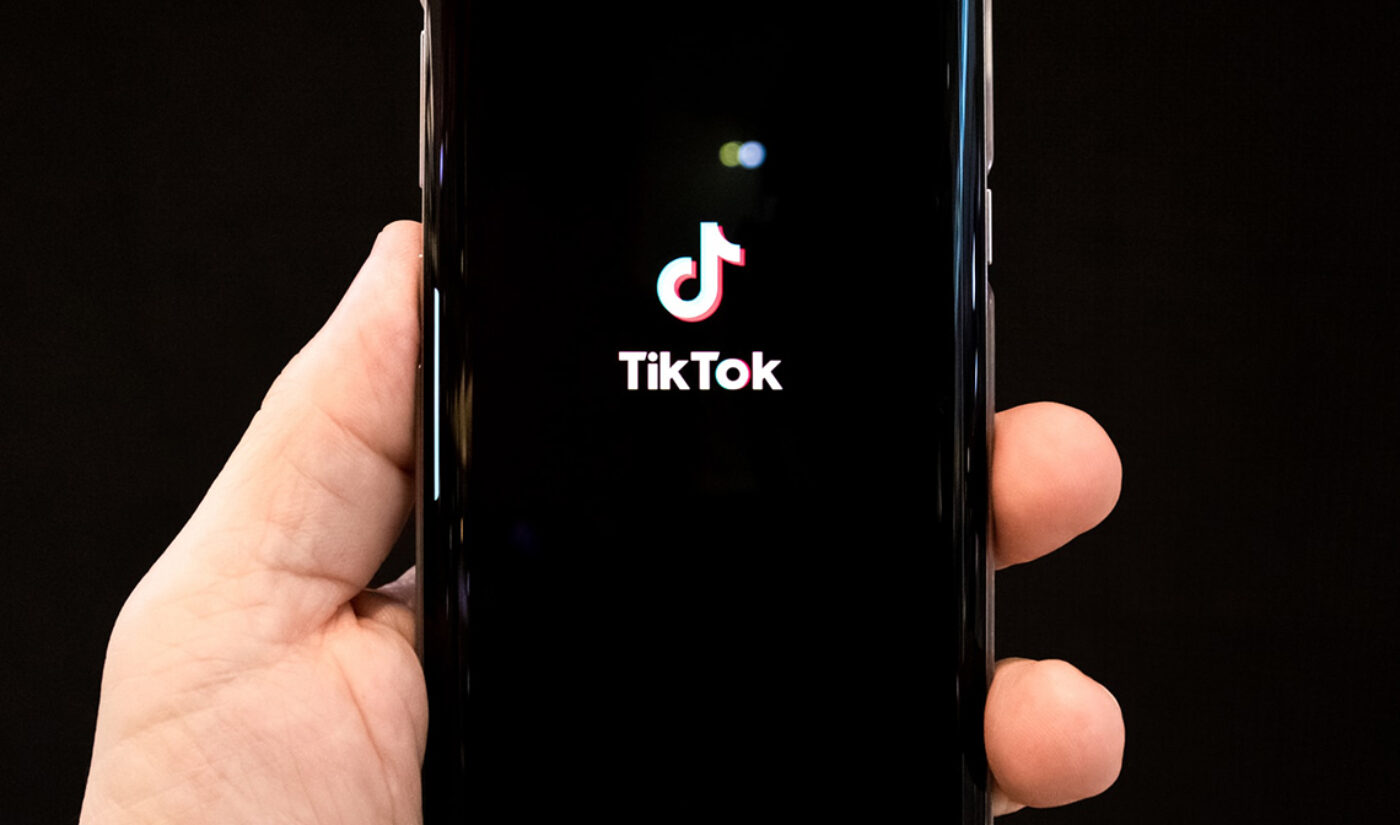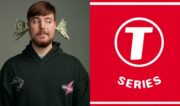As Tubefilter has repeatedly chronicled in recent weeks, it’s been a crazy time for TikTok, facing a government-forced divestiture to pals of the politician who’s ordering the sell-off (though a federal judge delayed temporarily the first part of his order, allowing downloads to continue).
And it’s not just TikTok being buffeted by political, cultural and other headwinds. Google faces European antitrust investigations, Apple and Google are being sued by Epic Games, and other politicians have filed a bill to revoke safe-harbor provisions for all the social media sites. Facebook, YouTube, and Twitter have all agreed to accept outside audits on “harmful content” such as hate speech, the result of months of negotiations with the World Federation of Advertisers. And that same politician is urging GOP attorneys general and members of Congress to investigate alleged bias against conservative speech.

WME Digicomm Agent Alexandra Devlin
To get a better idea of how brands and creators are navigating the background noise and uncertainty, I reached out to WME agent Alexandra Devlin, who works at the intersection of brands and creators for the big Hollywood talent agency. Devlin is part of WME’s Digicomm unit, a hybrid at the intersection of the agency’s digital and commercial divisions.

Subscribe to get the latest creator news
Importantly, though most creators don’t have the millions of followers that can lead to signing with a big talent agency or management firm, they can still take lessons from the approach Devlin and WME use: Diversify beyond your “home” platform, cross-promote content between those platforms, and develop merchandise that fits what people need and want in this strange era. Most of all, figure out your career goals, and then build a strategy to get there.
Thinking beyond the home platform
So, to begin with, despite all the complications buffeting the sector, Devlin suggests there’s lots of opportunity for those willing to think beyond where they began their social media career.
“There’s always going to be new platforms that come out, there’s always going to be issues with existing platforms,” Devlin tells me. “So what we really focus on is how do we bring our talent off just one platform and really grow them in a number of different ways on a number of different platforms?”
Thinking beyond the home platform makes it easier to pick and choose where to push clients as they navigate the fast-changing shoals of social media.
WME clients include Addison Rae, TikTok’s No. 2 influencer with more than 62 million followers, along with such online-first stars as David Dobrik and the Hype House, plus traditional celebrities who have successfully leveraged their fan bases into large online followings, including Halle Berry, Jenny McCarthy, and Molly Sims. Her unit also works with “hundreds of thousands” of brands that want to partner online with those and other stars.
“So, while it’s super nerve-wracking to hear all the news around TikTok, we also have a plan, which we’ve had in place for quite some time for someone like Addison, for how to grow her off that platform,” Devlin says. “With any digital talent, you have to look at as, if digital went away tomorrow, if Instagram went away, if TikTok went away, what do they own? What’s the [intellectual property] that they’ve created, that they own? What are the relationships that we’ve put together for them to grow something?”
So for Dobrik—one of YouTube’s most prominent influencers and a six-time Streamy Award winner—that diversification includes not just finding ways to expand his YouTube presence and bring in new sponsors there, but building a podcast, supporting his livestreaming forays, and getting him TV gigs as a judge on Nickelodeon‘s America’s Most Musical Family, and as a host of Discovery‘s Dodgeball Thunderdome. That latter job came about because Dobrik’s career goals include doing more TV show hosting, Devlin says.
“At WME, when we sign talent, one of the first things we do is is strategize on how to expand their presence outside of whatever their home platform is,” she adds. “And when we look at signing, we say, ‘How can we push them into different verticals that are of interest to them?'”
TikTok’s uncertainties certainly can complicate conversations with brands wanting to do deals with influencers based there. The only response, Devlin says, is extreme transparency.
“Last week, we were like, ‘If it goes away on Sunday, maybe we should hold on’” planning any new initiatives there, Devlin says of recent brand conversations. That said, she’s yet to see any drop in audiences or viewership on the platform. And despite the threatened ban on downloads, by Monday a quick check of the leader tables showed TikTok was still No. 1 in entertainment in the App Store and No. 2 among free apps on the Google Play Store.
Competitors aren’t standing still, either
Of course, TikTok’s competitors aren’t standing still either, creating more opportunities for both creators and brands.
Aside from the usual Facebook copy-paste job with Instagram’s Reels, YouTube has just launched the rather more mystifying Shorts. And Reels at least seems to be finding some traction. Devlin says clients are seeing “massive amounts of views” for videos they post there. A video from an Instagram creator with a modest 300,000 followers might draw 20 million views on Reels.
And as those brands begin spending again, more and more of them will be looking for opportunities online and on streaming video, where more audiences are spending time.
That should position creators for new kinds of success online and off, because they can write, shoot, produce, and star in their own programming, Devlin says. Unlike traditional commercial projects for big brands, those creators don’t need a big crew and all the pandemic-related headaches that brings. Even traditional media stars, especially comedians and musicians who can’t tour in the pandemic, are jumping into more online projects.
And more creators are exploring their own merchandise lines, making sure those products are right for an extraordinary era, Devlin says.
“Yes, it’s great that they have the platform to be able to market and sell their products, but what are their products going to be?” she says. “I think products are going to change. What will people need? We were working on clothing lines this year, and we immediately pivoted and started figuring out what are the masks going to look like that we’re going to make, and how are we going to add that to the line. So I think that it will be interesting and fun to see what people will need.”








